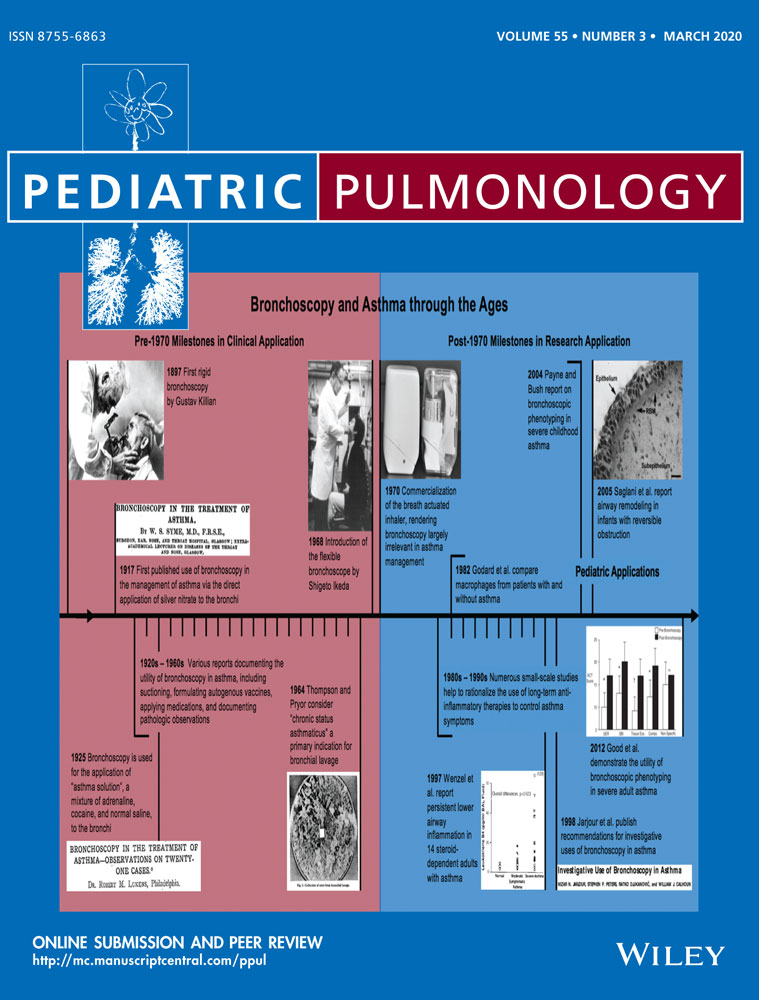Primary malignant lung tumors in children: A report from the Australian Childhood Cancer Registry, 1983-2015
Abstract
Lung cancers in children under the age of 15 are very uncommon, with a scarcity of literature describing patient characteristics and survival. This study assessed first primary malignant cancers occurring in the trachea, bronchus, or lung (International Classification of Diseases for Oncology, 3rd edition [ICD-O-3] codes C33-C34) for the period 1983-2015, using data from the population-based Australian Childhood Cancer Registry. Variables of interest included morphology, sex, age group, and metastatic status at diagnosis. Mode of treatment was also assessed where possible. The Kaplan-Meier method was used to calculate 5-year observed survival. Of the 53 in-scope patients, almost half (n = 23, 43%) were diagnosed with pleuropulmonary blastoma and a further 8 (15%) had a carcinoid tumor. Few of the patients with details available on stage at diagnosis (n = 7 of 43, 16%) presented with metastatic disease. Surgical excision was the most common treatment (30 of 37 children, 81%), with two-thirds (n = 28 of 43, 65%) receiving chemotherapy. Five-year observed survival was estimated to be 74% (95% CI = 61%-85%). Our results represent one of the largest and most complete population-based cohorts of children with primary malignant lung cancers available to date. Detection of childhood lung cancer can be difficult due to the rarity of this disease and symptoms that are typically nonspecific.
CONFLICT OF INTERESTS
The authors declare that there are no conflict of interests.




